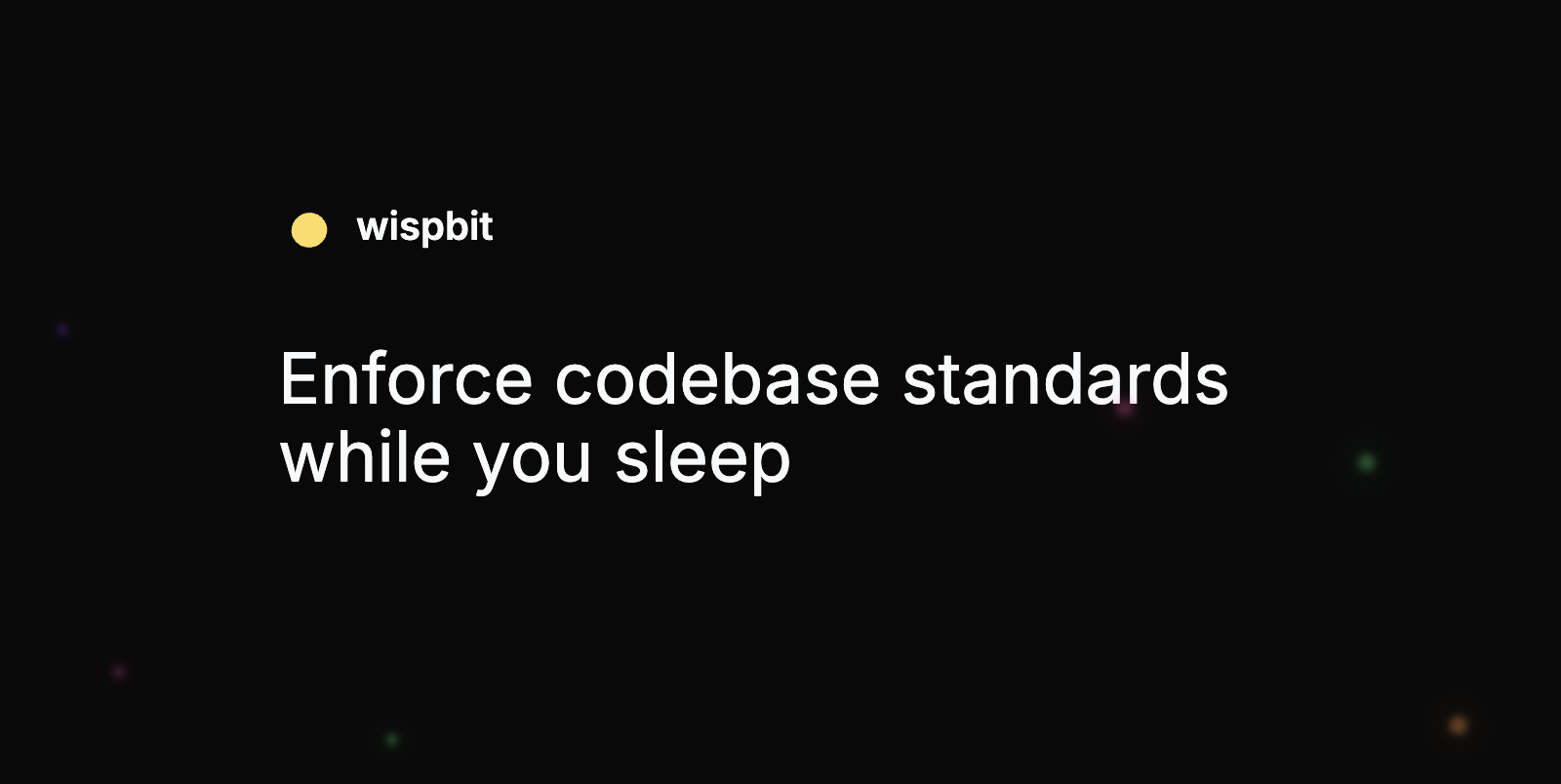DevOps Articles
Curated articles, resources, tips and trends from the DevOps World.
Researchers Use Machine Learning to Supercharge Data Retrieval
Summary: This is a summary of an article originally published by The New Stack. Read the full original article here →
If you’ve ever shopped online, searched an online database, compressed a file, or signed a digital document, then chances are you’ve used something called https://www.techtarget.com/searchdatamanagement/definition/hashing. In order to retrieve data from big databases, a hash function is used to mathematically transform any given key or string of characters into a compressed set of representative values, called a hash value.
The team’s experiments demonstrated that compared to traditional hash functions, learned models could reduce the likelihood of hash collisions from 30 percent to 15 percent. Additionally, learned models reduced the computation time by almost 30 percent, and are easier to train and operate compared to perfect hash functions.
The team envisions that their research on learned models can help other experts improve hash functions for other categories of information.
Product
Useful Links
Made with pure grit © 2025 Jetpack Labs Inc. All rights reserved. www.jetpacklabs.com





